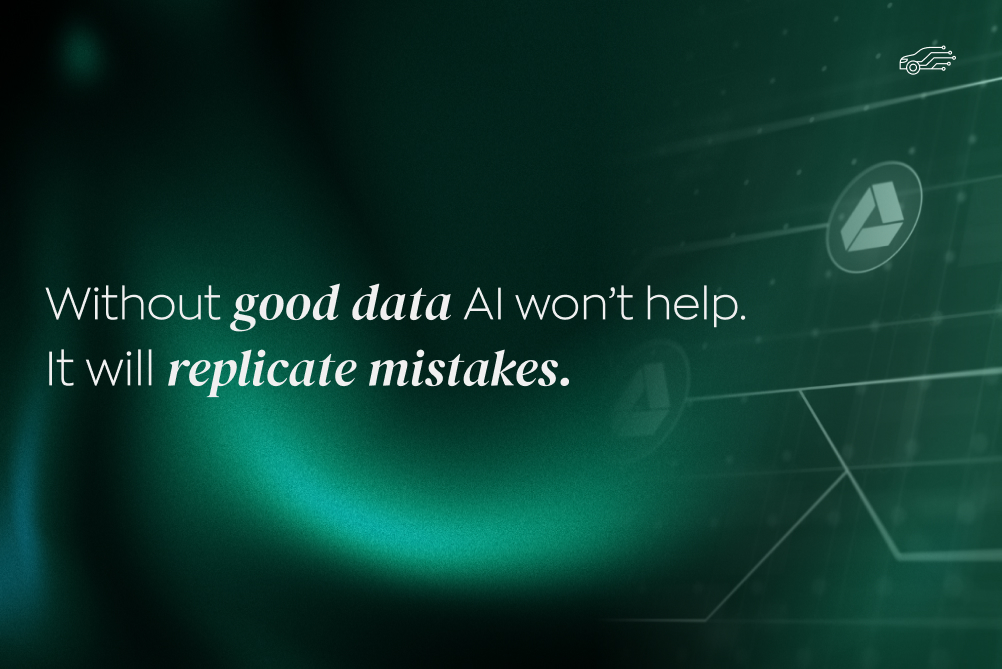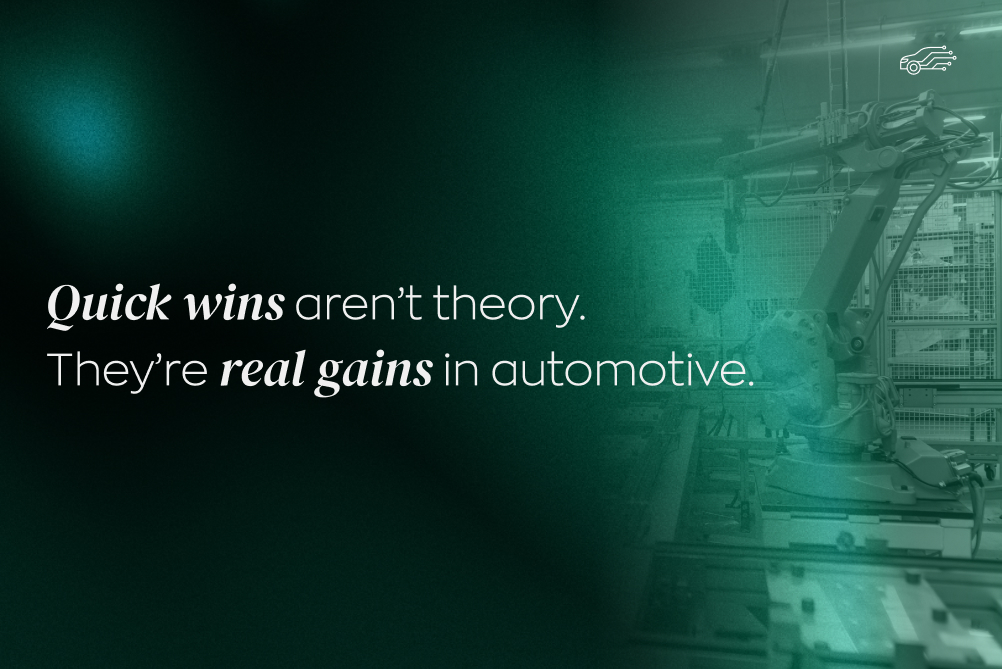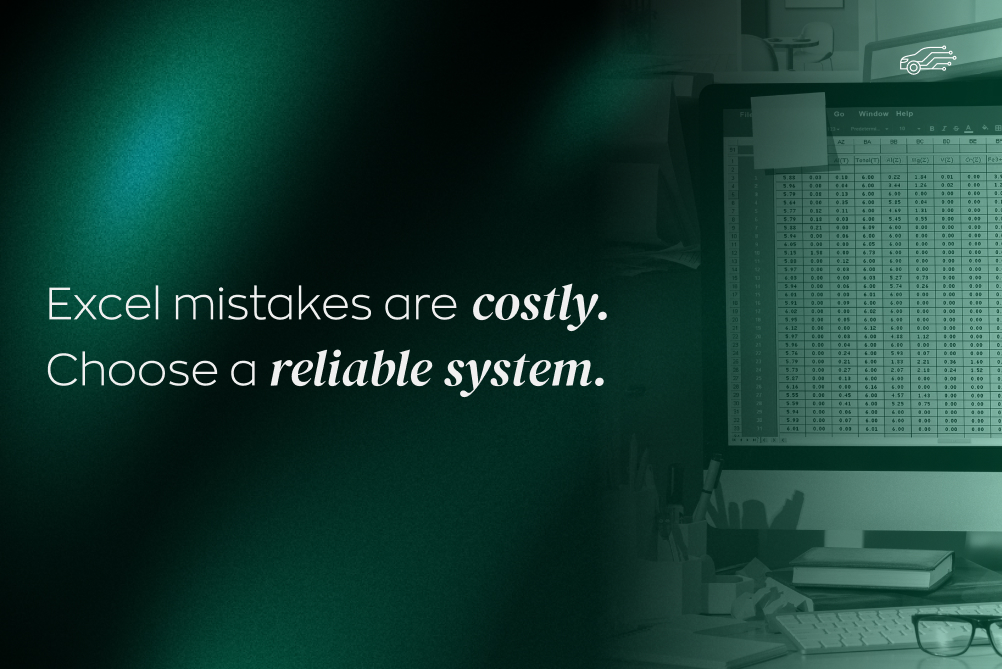In today’s world, the pressure to reduce costs and maximize efficiency in the manufacturing sector is immense. Companies are constantly looking for ways to streamline operations, eliminate errors, and respond faster to market demands. If you’re wondering how modern technologies can help you achieve this, you’re in the right place. One of the hottest topics is Robotic Process Automation (RPA). In this article, we will guide you through the key concepts, explaining what RPA is, how it works in a manufacturing environment, and the tangible benefits it can bring to your business.
What exactly is robotic process automation (RPA)?
Imagine a digital employee who can work 24/7 without breaks or mistakes. That is the essence of RPA. Robotic Process Automation (RPA) is a software technology that mimics human actions when interacting with computer systems.
An RPA robot can log into applications, click buttons, fill out forms, copy and paste data, extract information from documents, or send emails. Most importantly, it operates at the user interface level – just like a human. This means that implementing RPA does not require expensive or complex redesigns of existing systems such as ERP, MES, or WMS. The robot simply learns how to use them.
Which manufacturing processes can be automated with RPA?
RPA is particularly effective for automating repetitive, rule-based tasks that previously consumed valuable employee time. In a manufacturing environment, the potential is enormous. Here are some practical examples:
Order Management and Invoicing: A robot can automatically process incoming orders from email, enter them into the ERP system, generate confirmations for customers, and finally issue and send invoices.
Supply Chain Management: Automation of communication with suppliers, tracking delivery status in their systems, and automatically updating inventory levels.
Warehouse Management: Bots can autonomously create and process warehouse documents (goods received/shipped) and monitor stock levels in real time.
Quality Control: Robots can monitor production data, analyze deviations from standards, and instantly alert teams to any irregularities.
Bill of Materials (BOM) Management: Automatic updates and changes to complex BOMs, reducing the risk of costly errors.
Benefits of implementing RPA in manufacturing
Implementing automation is not just a technological novelty – it delivers real business value. Companies that adopt RPA see impressive results:
Cost Optimization: Studies show that automating repetitive tasks can reduce operational costs by 25–80%, with ROI often achieved in less than a year.
Improved Quality and Error Reduction: Humans make mistakes; robots do not. Automation ensures 100% compliance with procedures, drastically reducing errors and related costs.
Faster Processes: Robots work continuously, significantly shortening process timelines—from order intake to product shipment.
Increased Team Efficiency: Freeing employees from monotonous tasks allows them to focus on activities that require creativity, analysis, and client interaction, directly improving job satisfaction and company innovation.
How to implement RPA? Step-by-step automation guide
The RPA implementation process is typically quick and non-invasive. While every project is unique, several key stages are common:
- Process analysis and selection: Experts identify tasks that will benefit most from automation.
- Robot design and development: Workflow scenarios are created so the bot learns how to execute the process.
- Testing and deployment: The robot is tested in a safe environment and, after verification, deployed in production.
- Maintenance and monitoring: The robot’s work is continuously monitored, and updates are made when processes or systems change.
Challenges and pitfalls – what to watch out for when implementing RPA
Transparency is key to success. Like any technological change, RPA comes with challenges. Common pitfalls include choosing the wrong processes for automation (too variable or requiring human judgment) and change management within the team. Clear communication of benefits is crucial to show employees that technology is meant to support, not replace them.
Will robots take people’s jobs? The impact of RPA on employment
This is one of the most common concerns—but it is largely unfounded. RPA does not replace people; it replaces the most tedious parts of their work. Automation leads to upskilling employees and moving them toward more strategic, analytical, and creative tasks. Instead of manually entering data, employees can analyze reports generated by bots and make important business decisions. RPA is a tool that enhances human potential, not eliminates it.
Is RPA the right solution for your company?
Robotic Process Automation has moved from a futuristic vision to an accessible and highly effective tool for gaining a competitive edge in manufacturing. If your company has repetitive, rule-based digital processes that consume time, generate costs, and create errors, the answer is yes. RPA allows you to do more, faster, and cheaper, while improving quality and employee morale.





.jpg)

.png)




.jpg)
.jpg)


.jpg)



.jpg)
.jpg)
.jpg)
.jpg)
.jpg)
.jpg)

.jpg)
.jpg)
.jpg)
.jpg)
.jpg)
.jpg)
.jpg)
.jpg)
.jpg)
.jpg)






.jpg)
.jpg)
.jpg)

.jpg)

.jpg)


.jpg)
.jpg)

.jpg)
.jpg)

.jpg)

.jpg)
.jpg)
.jpg)

.jpg)
.webp)

.webp)


.jpg)









.webp)


.webp)























